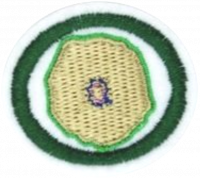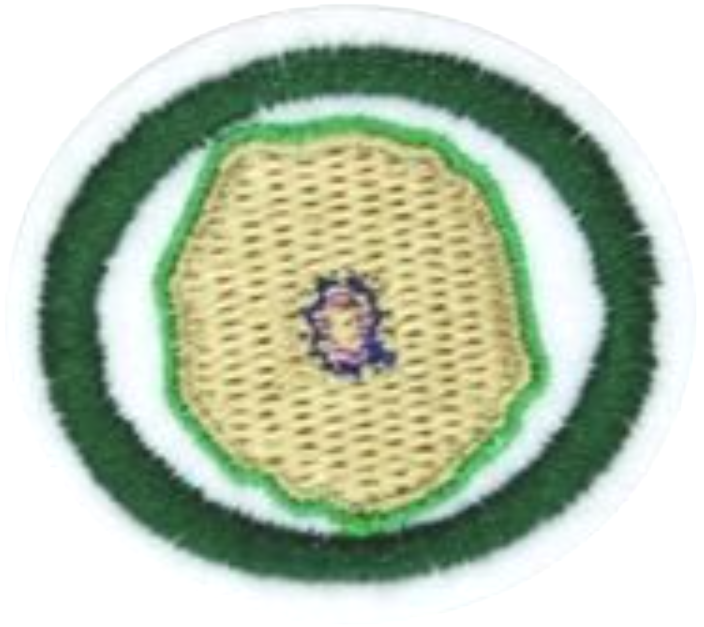AY Honor Cytology Answer Key
From Pathfinder Wiki
< AY Honors | CytologyAY Honors/Cytology/Answer Key / (Redirected from AY Honor Cytology Answer Key)
1
What are the three main parts of a eukaryotic cell? Mention some of its functions.
2
What is a prokaryotic cell?
3
Name three differences between an animal cell and a plant cell.
4
What are stem cells? Why they are important?
5
Name three functions of the plasma membrane.
6
Explain the following forms of selective permeability:
6a
Osmosis
6b
Diffusion
7
Explain the following forms of non-selective permeability:
7a
Phagocytosis
7b
Pinocytosis
8
What is active transport and passive transport?
9
What are the parts of the cell nucleus? Why are each of them important?
10
Name the functions of the following plasma organelles:
10a
Mitochondria
10b
Centriole
10c
Golgi complex
10d
Rough Endoplasmic Reticulum
10e
Smooth Endoplasmic Reticulum
10f
Lysosome
10g
Ribosome
10h
Peroxisome
11
What is the importance of cilia and flagella?
12
Identify, with pictures or drawings, five different types of cells (muscular, bone, cartilaginous, adipose, leukocyte, hematic, neuron, etc.).



